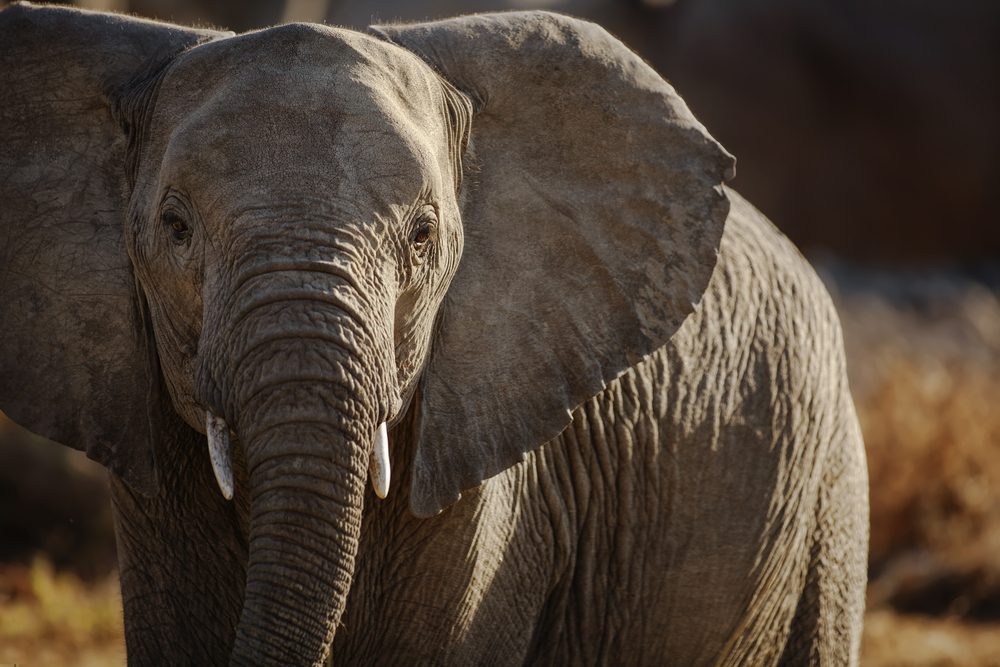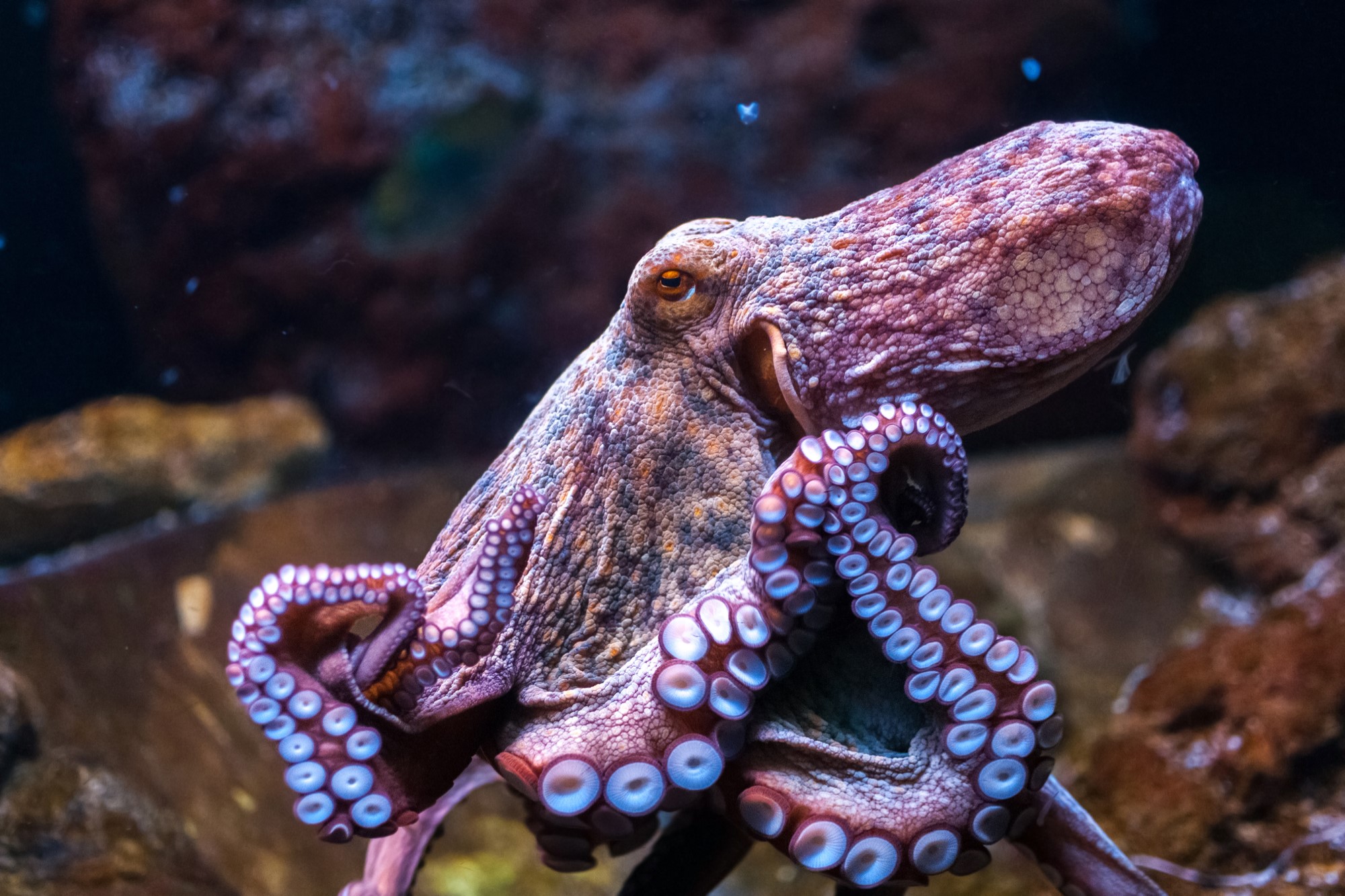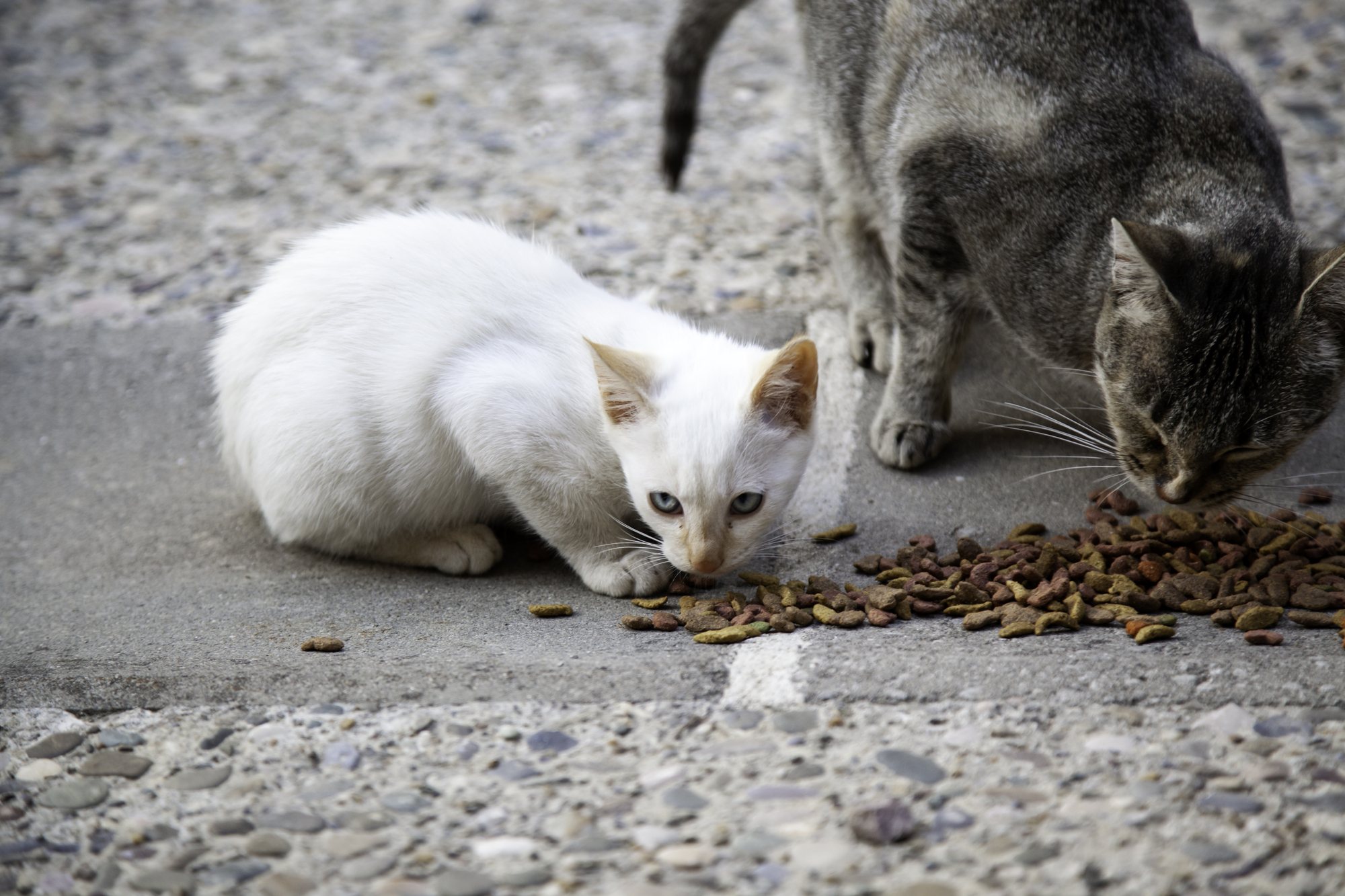Elephants Are People Too

37 years ago, the daughter of a Pakistani dictator was gifted a 1-year-old Asian Elephant calf named Kaavan. Kaavan ended up in Marghazar Zoo, a run-down facility in Islamabad. He had one elephant companion; a female named Saheli. When Saheli died in 2012, Kavaan spent days in his enclosure with her dead body before she was finally removed. Elephants are known to experience grief in response to the death of their companions. Since then, Kaavan has spent all of his time apart from other elephants, earning him the nickname “the loneliest elephant.” He has spent much of his existence in chains. With the help of animal rescue organization Four Paws International and Free the Wild, the animal welfare organization started by pop legend Cher, Kaavan has been freed from the zoo at which he was held captive and is now in an elephant sanctuary.
Kaavan was granted freedom from Marghazar Zoo as a result of a decision made by a high court in Pakistan. Chief Justice Athar Minallah began his opinion with a reflection about COVID-19. He notes that for the first time in memorable human history, human beings are confined to small spaces, restricted from interacting with friends and family, and limited in their range of autonomous choices. He argues that perhaps our own confinement provides us with an ideal opportunity to reflect on the ways in which we treat non-human animals, creatures who also enjoy social relationships, space to move freely, and a range of options when it comes to how, where, and with whom they will spend their time. In his ruling, Chief Justice Minallah poses the following question,
“Has nature forced the human race to go into ‘captivity’ so as make it realize its dependence for survival on other beings possessed with a similar gift, i.e., life? Is it an opportunity for humans to introspect and relate to the pain and distress suffered by other living beings, animal species, when they are subjugated and kept in captivity and denied the conditions and habitats created for their survival by the Creator, merely for momentary entertainment?”
Elephants are complex creatures who live rich social lives. They are highly intelligent and have excellent capacities for memory. Like all social beings, elephants thrive when they are in one another’s company. They flourish when they are able to do the things that elephants do when left unmolested. Humans have long benefitted from treating non-human animals as things, as instruments for human pleasure. We eat them, we conduct research on them, we hunt them for fun, and we force them to entertain us even when doing so is contrary to their own interests. Justice Minallah suggests that now is a moment, long overdue, at which we can start to view non-human animals with empathy and compassion, especially in cases in which their cognitive architecture is so similar to our own.
The court’s ruling on Kaavan’s case provided the conditions under which he was freed, but the question remained: to where and how does one transport a 5-ton pachyderm? Stunningly, the answer turned out to be: 4,000 miles away, to Kulen Prom Tep Wildlife Sanctuary in Cambodia — by plane. The Sanctuary is over 30,000 acres — space that Kaavan will get to explore with many other elephants.
Meanwhile, at the Bronx Zoo in the United States, a 49-year-old Asian Elephant named Happy is confined under similar conditions. Happy has been at the Bronx Zoo for 42 years. For the last decade, he has been held apart from other elephants in a one-acre enclosure. The Zoo insists that Happy is treated humanely. The Non-Human Rights Project, an animal advocacy group led by attorney Steven Wise that is dedicated to securing legal rights for non-human animals, disagrees. In recent years, the NhRP has also secured habeas corpus hearings for Hercules and Leo, the first non-human animals to be granted such a hearing. Though the judge in that case did not grant that the chimpanzees were legal persons, he affirmed the basic moral idea behind the movement. Judge Fahey wrote,
“The issue whether a nonhuman animal has a fundamental right to liberty protected by the writ of habeas corpus is profound and far-reaching. It speaks to our relationship with all the life around us. Ultimately, we will not be able to ignore it. While it may be arguable that a chimpanzee is not a “person,” there is no doubt that it is not merely a thing.”
The NhRP has argued that Happy is being unlawfully imprisoned at the zoo. The central issue at play in the case for freeing Happy is whether he is a person with rights to habeas corpus protection. A person has a right to bodily autonomy which carries with it a right not to be unfairly imprisoned or held against their will. So, for example, if a person has been detained or imprisoned and they believe that they have been put in that position unlawfully, they have a right to file a habeas corpus brief with the court in an attempt to be released from confinement. The argument is that, like people, non-human animals, or, at least, some non-human animals, have the same right to bodily autonomy and the same entitlement to protection against unlawful imprisonment as human beings do.
A common objection and, indeed, one of the objections that was raised by one of the justices at the most recent hearing on Happy’s case in front of the New York Supreme Court, Appellate Division, First Judicial Department is that if we grant that elephants and chimpanzees are legal persons, we’ll have to recognize that they have the other rights of persons — the right to vote, the right to bear arms, etc. This strikes many as both absurd and dangerous. In response to this concern Wise points out that there are many entities to which the courts have granted limited personhood status, including corporations. When the NhRP insists that Happy is a person in the limited sense that he has the right to bodily autonomy and should not be imprisoned unlawfully, they are not also insisting that elephants have the right to free speech or to the free exercise of religion, or any other such absurdities.
Another concern that was raised by more than one of the justices in Happy’s most recent hearing is that the question of elephant personhood shouldn’t be an issue for the courts to decide. The appropriate body to make that decision is the legislature. If that body wants to declare by statute that certain animals should be treated as persons, they are free to do so, but barring that, such dramatic action that has consequences that are so wide in scope would be judicial overreach. In response, Wise points out that a writ of habeas corpus is a measure of common law. The common law is established by judicial decisions and precedent rather than by statute. As such, the courts don’t need to, and indeed shouldn’t, keep Happy imprisoned until such time as Congress decides to pass legislation protecting these animals, which it is unlikely ever to do. For good reason, habeas corpus writs provide courts with the ability to quickly remove persons from unlawful detainment. Wise argues that they should take the opportunity to do so in Happy’s case.
These legal questions are intimately connected to critical moral questions. Do non-human animals have rights? The concerns posed by the court suggest a way of answering this question that is supported by various social contract theories. According to a basic version of this kind of theory, fully free humans come together to form a society with the understanding that it will be in everyone’s self-interest to give up some of their liberties in exchange for certain protections. The social structure of society is granted legitimacy by the fact that the rational people involved in the decision-making consented to it. The trouble is, not all sentient beings participated in constructing the contract. Non-human animals are entitled to rights and protections only if the decision-makers have agreed to such protections. According to this view, in our modern time, elephants and chimpanzees only have rights if legislatures pass statues granting them those rights.
One shortcoming of social contract theories is that they have no mechanism for ensuring protection of the vulnerable. If decision-makers don’t want to provide protections, at-risk populations are out of luck. This means that elephants and chimpanzees might remain unprotected, and it also might mean that oppressed groups like women and minorities who weren’t permitted to be involved in the original decision-making aren’t guaranteed protections either.
An alternative approach, and an approach consistent with the strategy of the Non-Human Rights project, is to insist that all sentient beings have ownership over their own bodies and, to the extent that they can exercise autonomy without harming others, should be allowed to do so. This approach respects the inherent dignity of all life. It recognizes that Happy should be released from captivity, not because it is the will of the people, but because Happy is not the kind of entity that ever should have been “kept”; Happy is a “who,” not an “it.”




